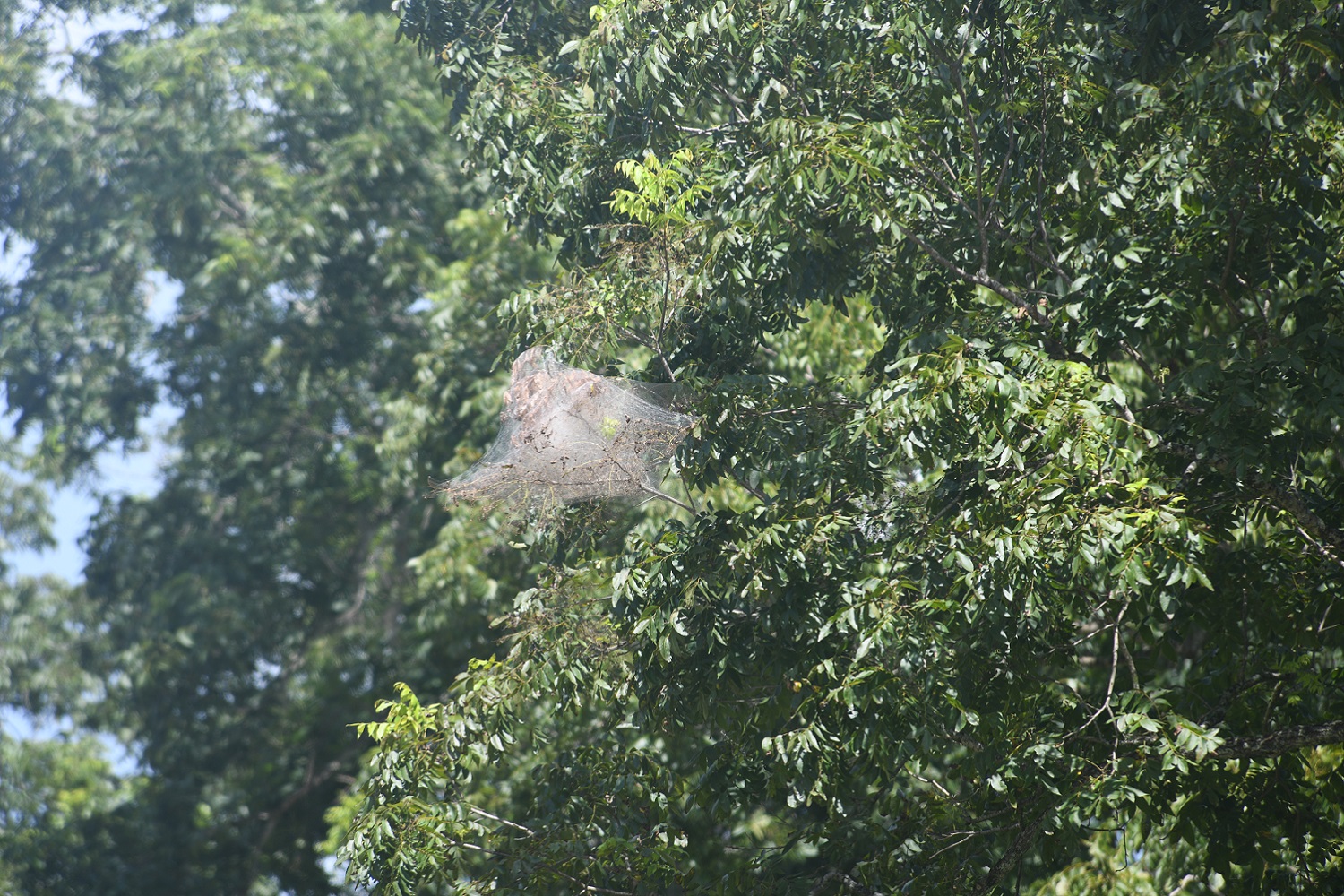
During this period of returning “social distancing”, leisure activity options have the potential to be reduced again. Crowded venues are being discouraged, whether wearing a mask or not. As such, the lesser utilized sites in the great outdoors are now being considered as ideal vacation get-a-ways, even by those who do not normally venture far…Read more
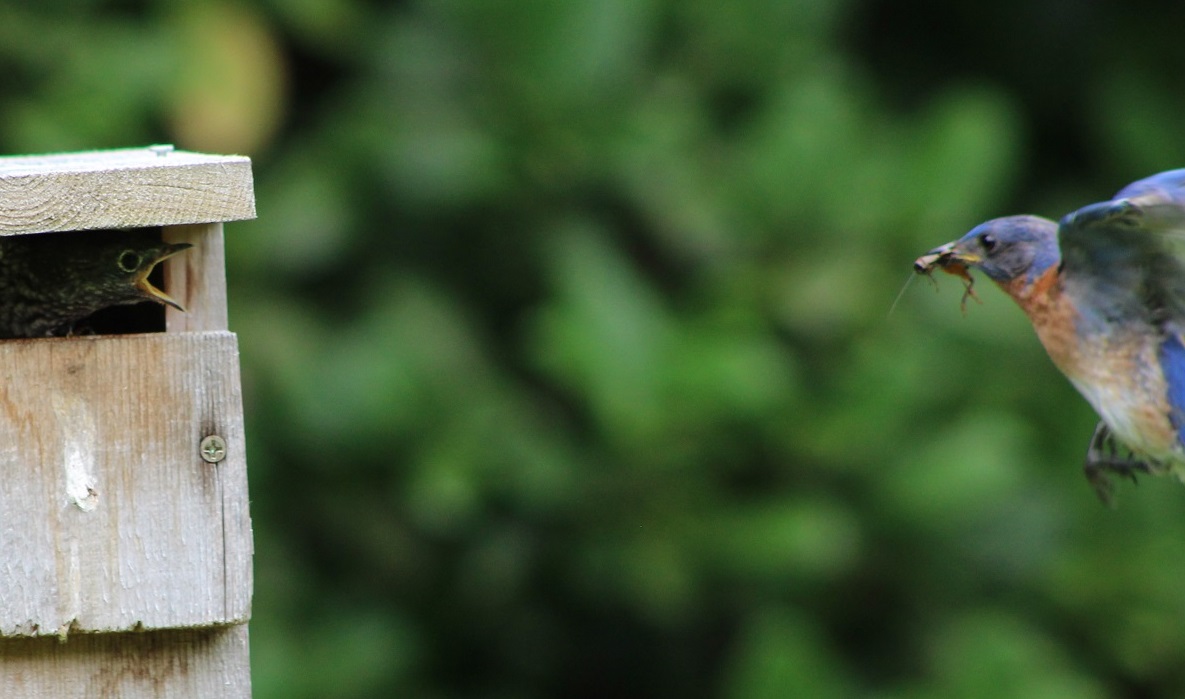
For two weeks in May I was excited beyond belief. My bluebird pair had returned to the nest box — and they had brought one of their chicks with them! I had read that this occasionally happens and was delighted that it was happening to me, especially at this time when everything had been shut…Read more
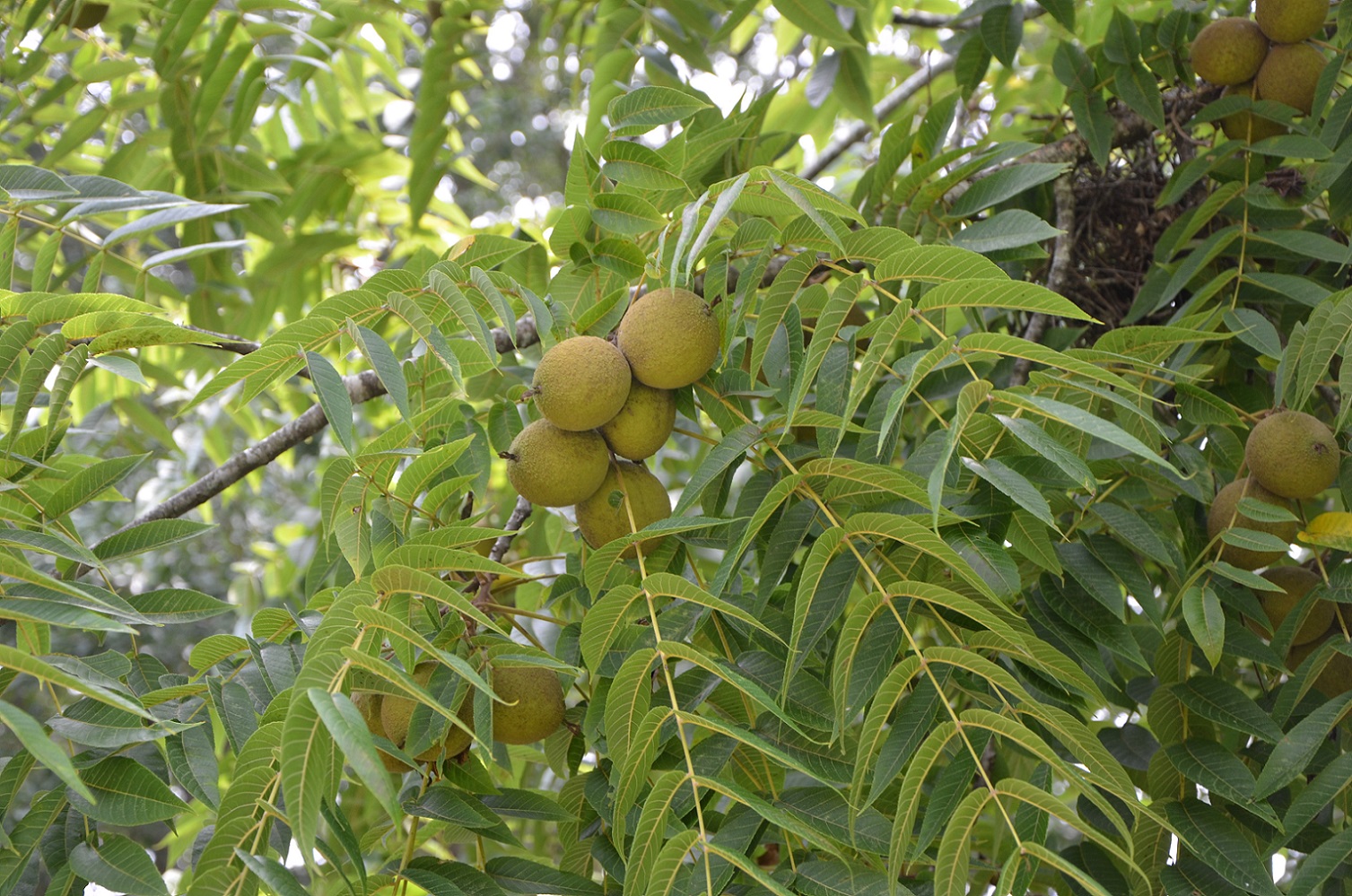
The branches and boughs of deciduous trees offer a welcome reprieve from the intense August sun in north Florida. The temperature can drop over ten degrees in the shade under the canopy of greenery, but there is no relief from the insipid humidity. Behind the leafy labyrinth a variety of activities are obscured from observers…Read more
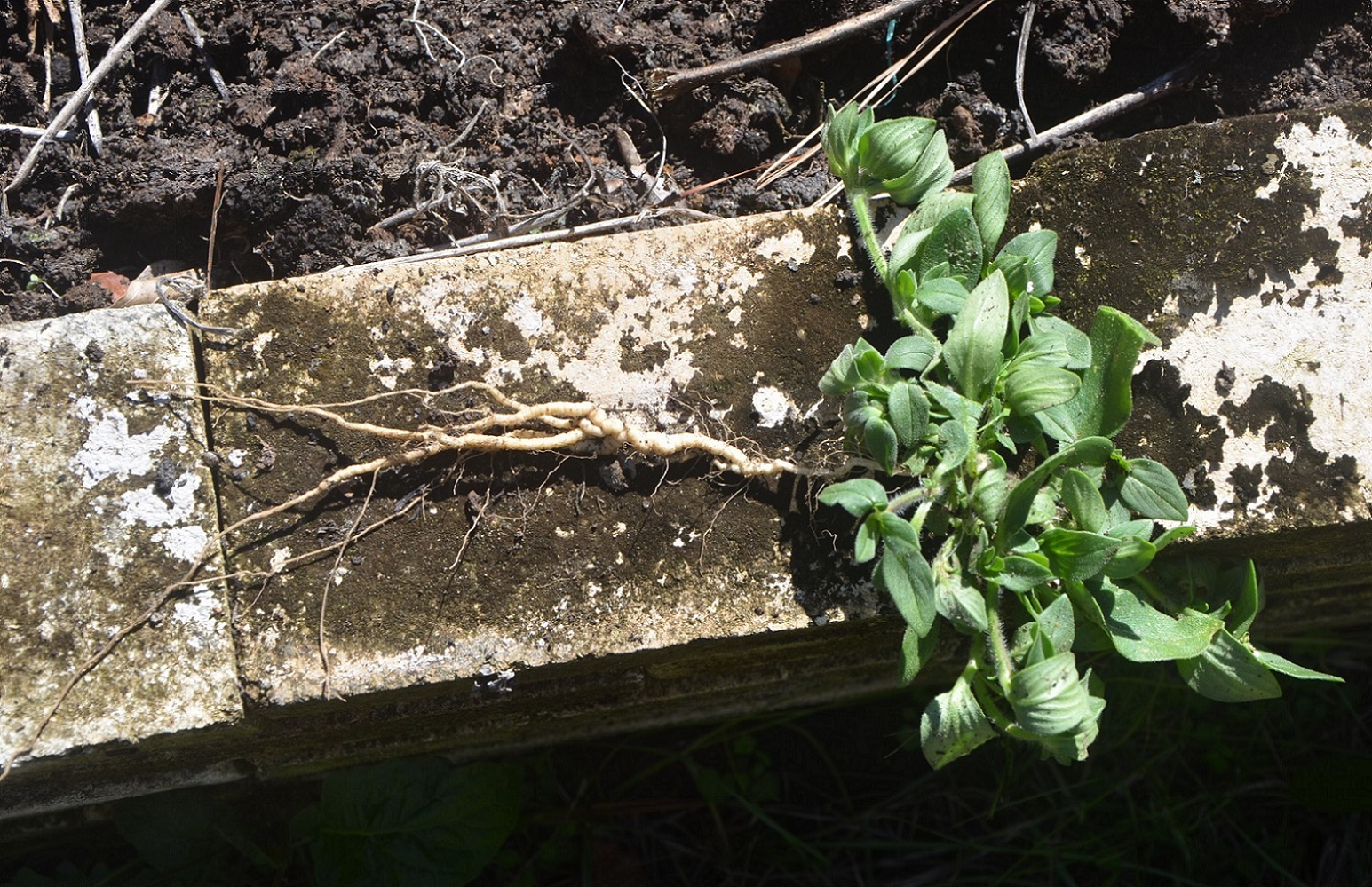
Kudzu, Old World climbing fern, and tropical soda apple are all widely known as invaders which were introduced into the region from faraway and exotic locations. Each has its own story of how it arrived here and escaped into a welcoming environment. Once established, these and other alien plant interlopers have aggressively pushed out native…Read more

After the abrupt and sad end to the 2019 nesting season, I was eagerly looking forward to 2020, although I was not sure if the bluebirds would return. In the interim I had built a second nest box using the dimensions of the box I’d used the previous year but with a few minor modifications. …Read more
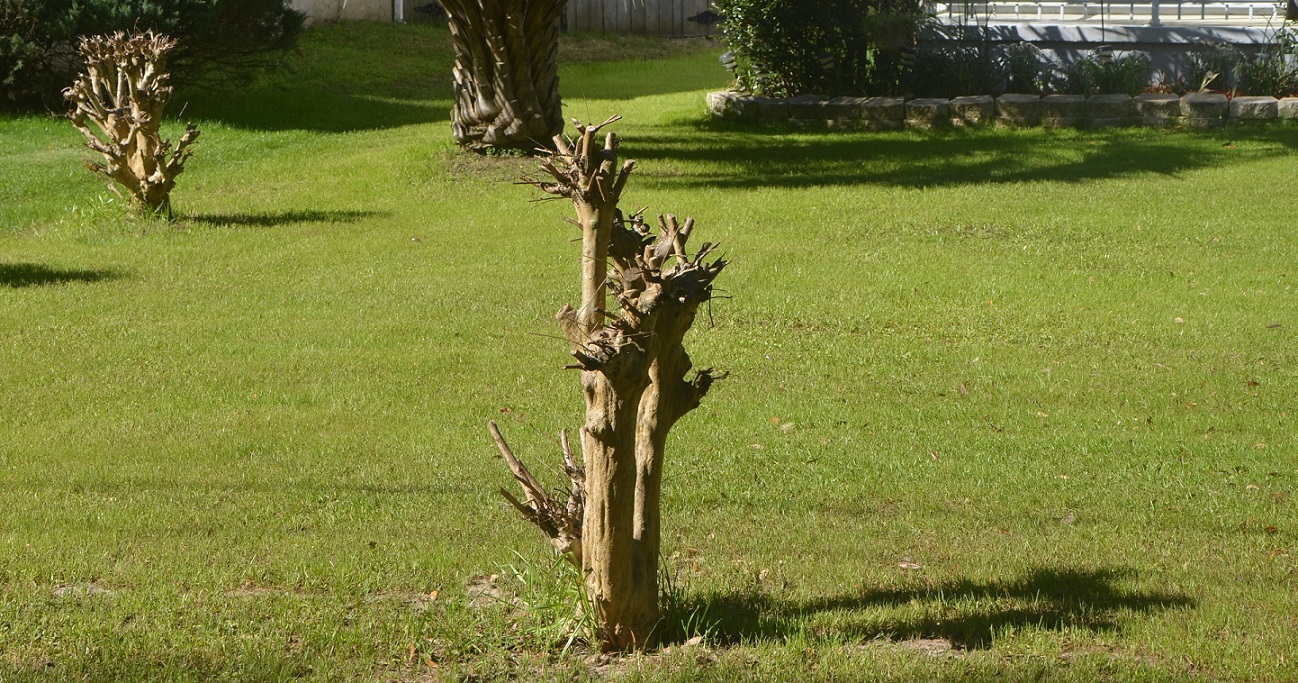
Examples of horticultural foul play are evident all around. Some are in private landscapes and can possibly be excused due to the lack of gardening knowledge by the homeowner, but many occur on public property that is maintained by paid “landscape professionals.” A far-too-common sight around North Florida are ‘mulch volcanoes,’ formed when mulch is…Read more
Summer in panhandle Florida is primetime for outdoor fun. The heat and sunshine make water related activities, either salt or fresh, first rate in the local paradise within easy driving distance. However, there is a serpent in this area-wide Garden of Eden. The calendar indicates the approach of the hurricane season’s peak is four weeks…Read more

On April 25, the four fledglings from the first brood had flown up into the trees and for the next two weeks or so would be fed by their parents, primarily the male. I did not catch a single glimpse of any of them during this time. After the fledging event, I had taken the…Read more
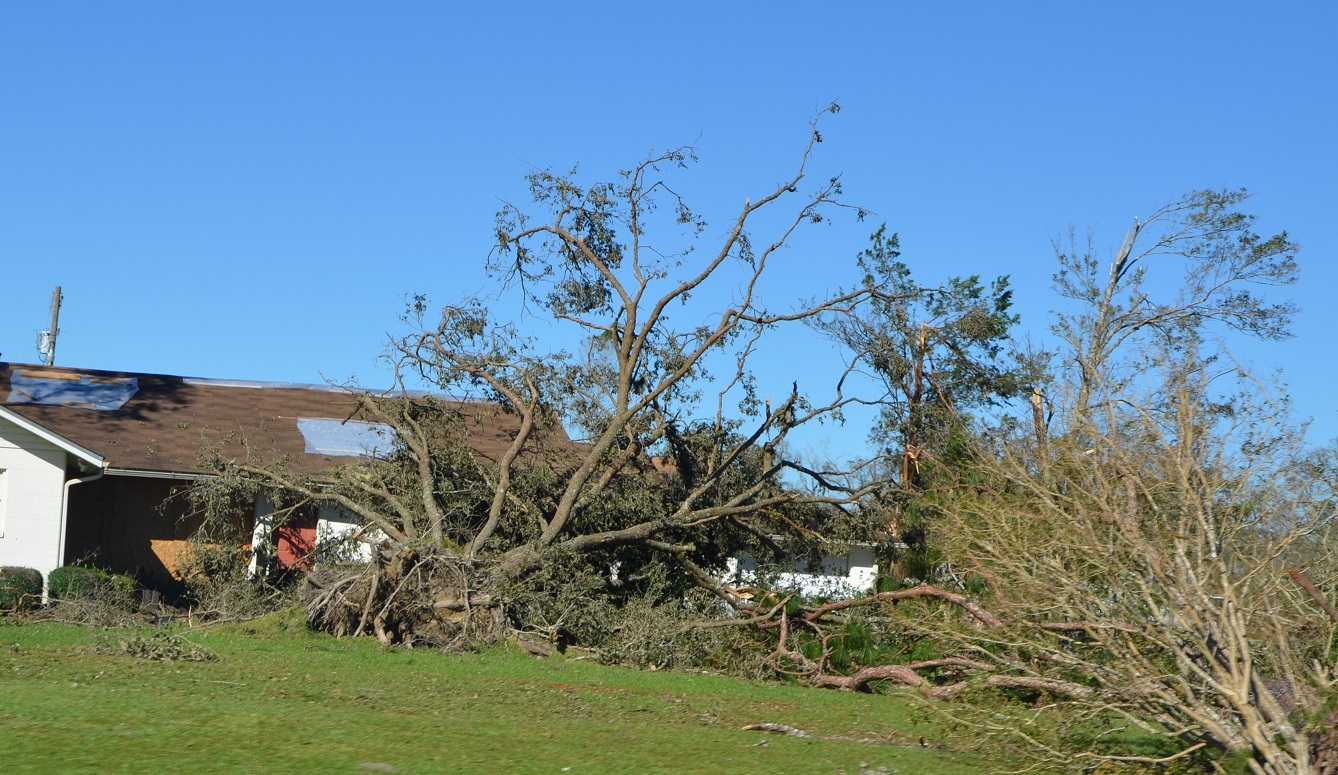
Every year, just before the beginning of the hurricane season, many homeowners frantically seek professional assistance assessing the condition of their larger mature trees. This is done to determine if any of them present a significant risk to them or their neighbors’ property should they be subjected to significantly high seasonal winds. Most people can…Read more
Insects generally are viewed by the public-at-large as pest species which are tolerated in moderate numbers and eradicated when reaching the nuisance level. A prime example is the housefly, Musca domestica, the most common domestic fly in the panhandle and just about everywhere else on the planet. It accounts for about 90 percent of all…Read more








